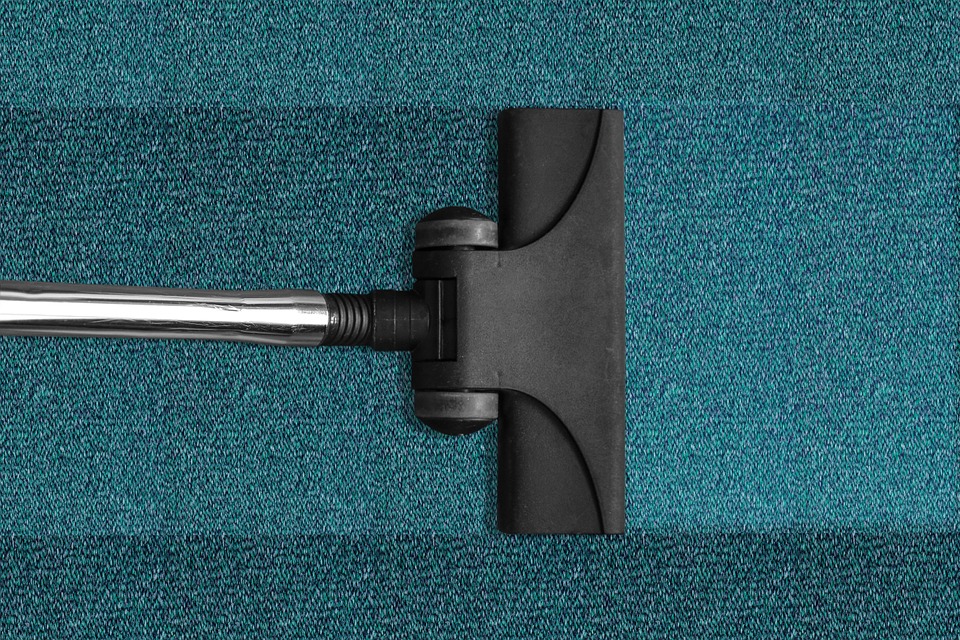6 Interesting Facts About Carpet Cleaning
 We understand that carpets are filters that holds dirt, dust and many other un-healthy allergens like dead skin cells, insect feces and invisible crawly bacteria type things. While we clean our carpets regularly, they require a ‘professional’ deep care treatment once a year.
We understand that carpets are filters that holds dirt, dust and many other un-healthy allergens like dead skin cells, insect feces and invisible crawly bacteria type things. While we clean our carpets regularly, they require a ‘professional’ deep care treatment once a year.
As I look at a stain on my bedroom carpet, I forget that carpet fibers age and wear. I expect my carpet to remain softly under my feet always. Professionals tell me that over time, soil settles into my carpet fibers which acts like sandpaper, grinding into its fibers.
Okay, so if I only have 1 or 2 stains is that so bad? Yes, I learned that dirt builds up in layers and when it starts to look dingy, it is really dirty especially near the base of the pile. I will try to remove stains and clean my carpeting or I can call a professional carpet cleaning company.
Are there any tips or facts that I should be aware of? Upon researching this question, I did come across 6 interesting facts about carpet cleaning and removing stains: 1
1. Less Is More
Using too much liquid detergent for cleaning is not good. We are led to believe that the more we lather our carpeting with solutions, the cleaner it will become. Wrong! If we use too much, it sets the carpet up to attract new dirt which clings to its particles. A powdered detergent solution or a foam solution is safe and healthy for carpets as long as they are vacuumed out of the carpet. Soil particles bond to these chemicals, but are released and sucked-up by vacuuming.
2. Pre-Treat
Whether carpet cleaning involves a professional or is a DIY project, pre-treatment is always required. Pre-treating prepares the carpet fibers to loosen and soften embedded dirt and other hidden contaminants. Invisible grime, bacteria, stains, and other microscopic particles are a part of a carpet’s environment because we walk on it every day.
Therefore, in pre-treating our carpeting, don’t just treat a small area, it looks like I need to treat the whole thing – Whew! Then the cleaning portion requires an ‘aggregation’ process, which means to push and pull the cleaning wand over my stained area several times. I must not forget to extract excess moisture from the carpet to dismay odor and to keep it from penetrating down to the carpet padding level.
3. The pH Factor
Carpet fibers require cleaning solutions that are pH tolerant. Professional cleaners can look at your carpet and know precisely what kind it is. If you are performing a DIY cleaning, believe it or not, it is important to know your carpet fiber type.
If your cleaning solution, whether wet or dry, is too acidic or too alkali, it can change the fiber and dyes in the carpet. Carpets made from stain resistant nylon, wood or silk are very sensitive to alkaline and should be cleaned with a neutral pH solution. Synthetic nylon, polyester and acrylic fibers can tolerate moderate alkalinity.
4. Brush Spots Lightly
Do not harshly brush your spots or stains. Yes, on television they often show a person scrubbing diligently while cleaning their carpet. There is apparently a little technique requiring you to scrape the spot’s outer circle towards its middle. Tamp the spot with a white cloth or a meat tenderizer that has been waiting for you in your kitchen drawer.
Also, after scrubbing if you are not happy with the results, do not apply a coat of carpet protector. This will result in “gluing in the dirt” making it harder to remove it the next time. Either re-scrub or leave it until the next cleaning cycle before you coat.
5. Homemade Cleaning Solutions
Our grandparents did not always have professional carpet cleaning in their budget, so they created their own solutions. Those solutions can be made and used today with products that you can find in your food pantry. 2
a) Mix liquid detergent and cold water.
b) Mix white vinegar and cold water. Don’t worry, vinegar odors will dissipate when the carpet dries. Vinegar is a natural odor reducing product plus it softens carpet fibers of all types.
c) Mix vinegar, dish washing liquid, warm water and baking soda. This mixture is safe for all carpet fibers because vinegar is acidic based to loosen soil and dirt and baking soda serves as its base. When you mix these together they all create a carbon dioxide compound filled with cleaning bubbles.
d) An oldie but goodie – you can use shaving cream to clean stains in your carpeting. Shaving cream will lift tough stains like pet urine and wine. Use a paint brush or a shaving brush and work the shaving cream into the stain. Use a dampened cloth and wipe up the cream which has also lifted stain remnants. Blot the area dry and you are looking at a clean carpet, plus it smells great.
6. Stain-protectant
Modern carpets are manufactured with stain-resistant fibers. However, after a few years the stain-resistant treatment wears down. To keep our carpeting healthy and protected, a stain protectant should be applied regularly after each professional annual cleaning. This can be accomplished by you or a professional cleaning company. There are many on-the-shelf stain protecting products that work very well, just don’t forget to perform a patch test first to make sure that your carpet’s coloring is not affected.

















